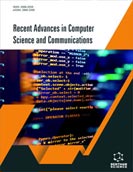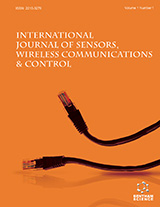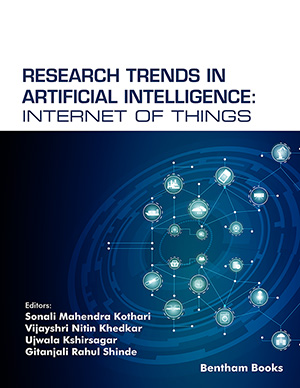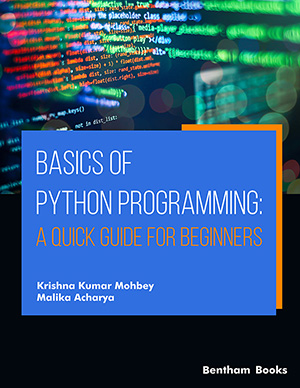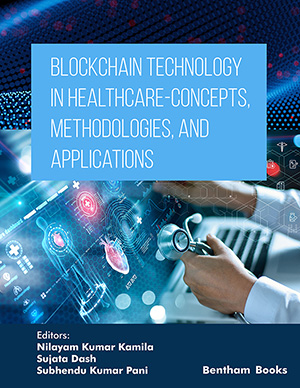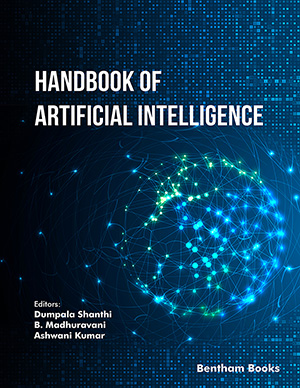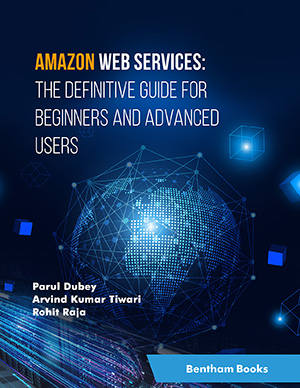Abstract
Introduction: Vehicle crashes can be hazardous to public safety and may cause infrastructure damage. Risky driving significantly raises the possibility of the occurrence of a vehicle crash. As per statistics by the World Health Organization (WHO), approximately 1.35 million people are involved in road traffic crashes resulting in loss of life or physical disability. WHO attributes events like over-speeding, drunken driving, distracted driving, dilapidated road infrastructure and unsafe practices such as non-use of helmets and seatbelts to road traffic accidents. As these driving events negatively affect driving quality and enhance the risk of a vehicle crash, they are termed as negative driving attributes.
Methods: A multi-level hierarchical fuzzy rules-based computational model has been designed to capture risky driving by a driver as a driving risk index. Data from the onboard telematics device and vehicle controller area network is used for capturing the required information in a naturalistic way during actual driving conditions. Fuzzy rules-based aggregation and inference mechanisms have been designed to alert about the possibility of a crash due to the onset of risky driving.
Results: On-board telematics data of 3213 sub-trips of 19 drivers has been utilized to learn long term risky driving attributes. Furthermore, the current trip assessment of these drivers demonstrates the efficacy of the proposed model in correctly modeling the driving risk index of all of them, including 7 drivers who were involved in a crash after the monitored trip.
Conclusion: In this work, risky driving behavior has been associated not just with rash driving but also other contextual data like driver’s long-term risk aptitude and environmental context such as type of roads, traffic volume and weather conditions. Trip-wise risky driving behavior of six out of seven drivers, who had met with a crash during that trip, was correctly predicted during evaluation. Similarly, for the other 12 drivers, the model accurately predicted safe driving behavior as these drivers did not meet with any vehicle crash. The proposed model can be used as an alert mechanism to indicate potential crash scenarios to the driver. The current study did not study lane changing behavior in detail due to difficulty in capturing road lanes in the Indian context.
Keywords: Fuzzy modeling, intelligent transportation, driver assistance systems, crash prediction, driving risk index, on-board telematics, driving behavior, environment context
[http://dx.doi.org/10.1109/THMS.2018.2874180]
[http://dx.doi.org/10.1016/j.tra.2017.10.018]
[http://dx.doi.org/10.3390/geriatrics3020016]
[http://dx.doi.org/10.1098/rsos.180194]
[http://dx.doi.org/10.1109/JSEN.2017.2765315]
[http://dx.doi.org/10.1109/TMC.2016.2618873]
[http://dx.doi.org/10.1109/TVT.2017.2660497]
[http://dx.doi.org/10.1109/MITS.2014.2328673]
[http://dx.doi.org/10.1109/TITS.2015.2409374]
[http://dx.doi.org/10.1109/MeMeA.2014.6860025]
[http://dx.doi.org/10.1049/iet-its.2013.0009]


